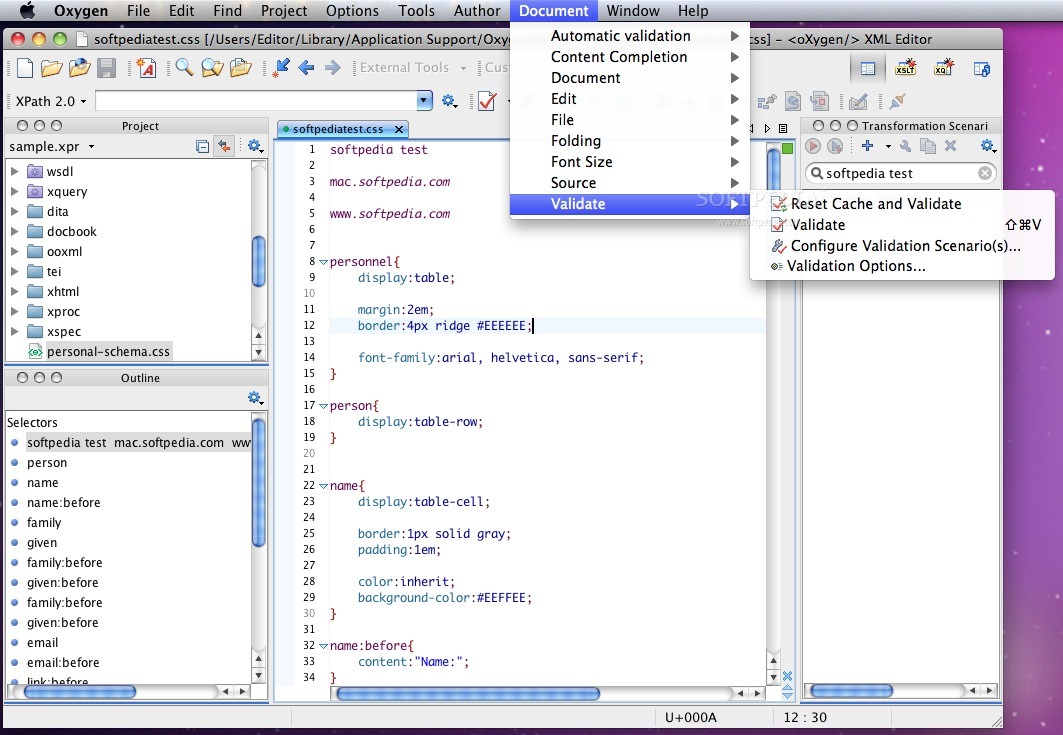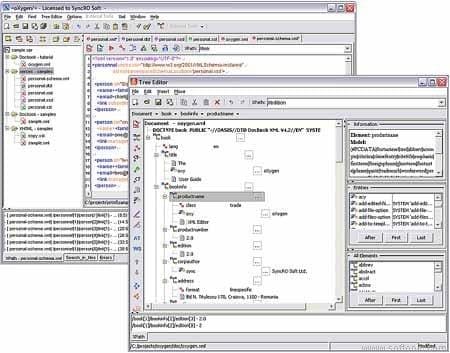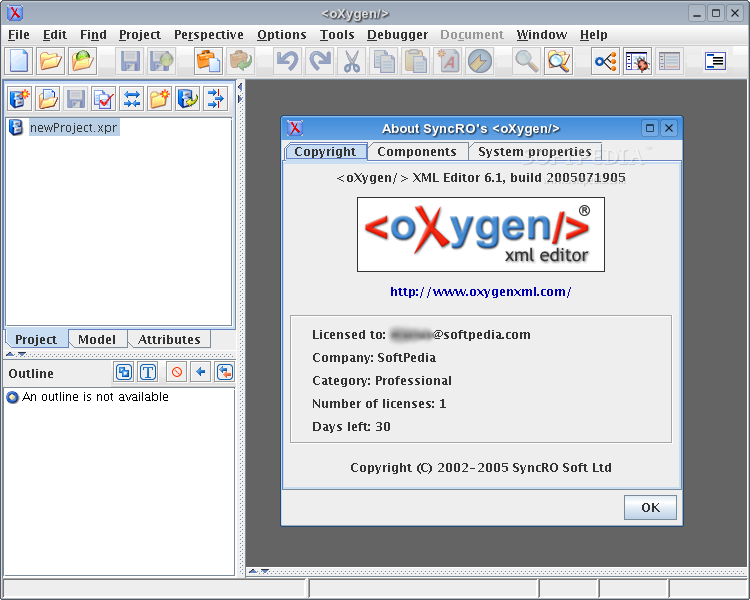

The most utilized drying methods include, for example, hot-air/oven drying, low temperature-air drying, and freeze drying ( Barba et al., 2016 Medina-Torres et al., 2017). Drying methods have a great impact on the stability of bioactive compounds, directly influencing changes in the physicochemical properties of food ingredients. Winemaking by-products must be dried for further utilization. The vast amounts of winemaking by-products and the seasonality of their production force the development of fast and economical methods that allow their stabilization and storage for later use. There is growing interest in the potential food applications of phenolic compounds therefore, the reuse of by-products could provide a new food chain. The by-product can thus re-enter the food cycle, avoiding environmental complications, due to the phenols ( Tang et al., 2018). Grape pomace can be exploited as a source of various ingredients for the human diet, such as antioxidants, dietary fibers, and phenolic extracts, to produce novel foods. Grape pomace is the by-product of the winemaking process, representing 20% of the processed grape weight ( Beres et al., 2017).
#OXYGEN XML EDITOR CREATE REUSABLE COMPONENT SKIN#
Our results raise the value of grape skin pomace as a rich source of bioactive compounds with antioxidant and anti-inflammatory activity and suggest its exploitation as an ingredient for functional beverages.


Moreover, skin isolated from pomace, with or without black tea infusions, were shown to have anti-inflammatory capacity in human cell culture. The combination of grape skins and black tea showed the highest ratio of total phenol content to antioxidant activity. Taking into account the water extraction result, in order to reuse grape pomace skins to produce a functional beverage, we utilized them in combination with black tea, karkadè ( Hibiscus sabdariffa L.), or rooibos ( Aspalathus linearis Burm.) to produce an infusion. Ultrasound- and microwave-assisted extraction of pomace skin using acidified water allowed the highest TEAC value. Overall, the alcoholic extractions were found to be the most effective for recovering phenolic compounds, when compared with those in water.

Besides that, the in vitro antioxidant activity of wine pomace skin extracts was also investigated as Trolox equivalents antioxidant capacity (TEAC) and oxygen radical absorbance capacity (ORAC). The chemical characterizations of acidified alcoholic (methanol/ethanol) and water extracts and either microwave-assisted or ultrasound-assisted extractions of separated grape skins were compared. After stabilization of the pomace, the grape skins were manually separated from the seeds and any woody parts. In order to stabilize the grape pomace, different methods of drying grape pomace were tested. Consequently, study of the biological activity of Primitivo and Negramaro vinification by-products is of great interest as well as optimizing the extraction of its bioactive components. Among red wines, Primitivo and Negramaro varieties possess an interesting amount of polyphenolic compounds and other chemicals. Wine grape pomace, the by-product of wine making, is a source of polyphenols, metals, and organic acids, and may be exploited for the production of functional beverages.


 0 kommentar(er)
0 kommentar(er)
